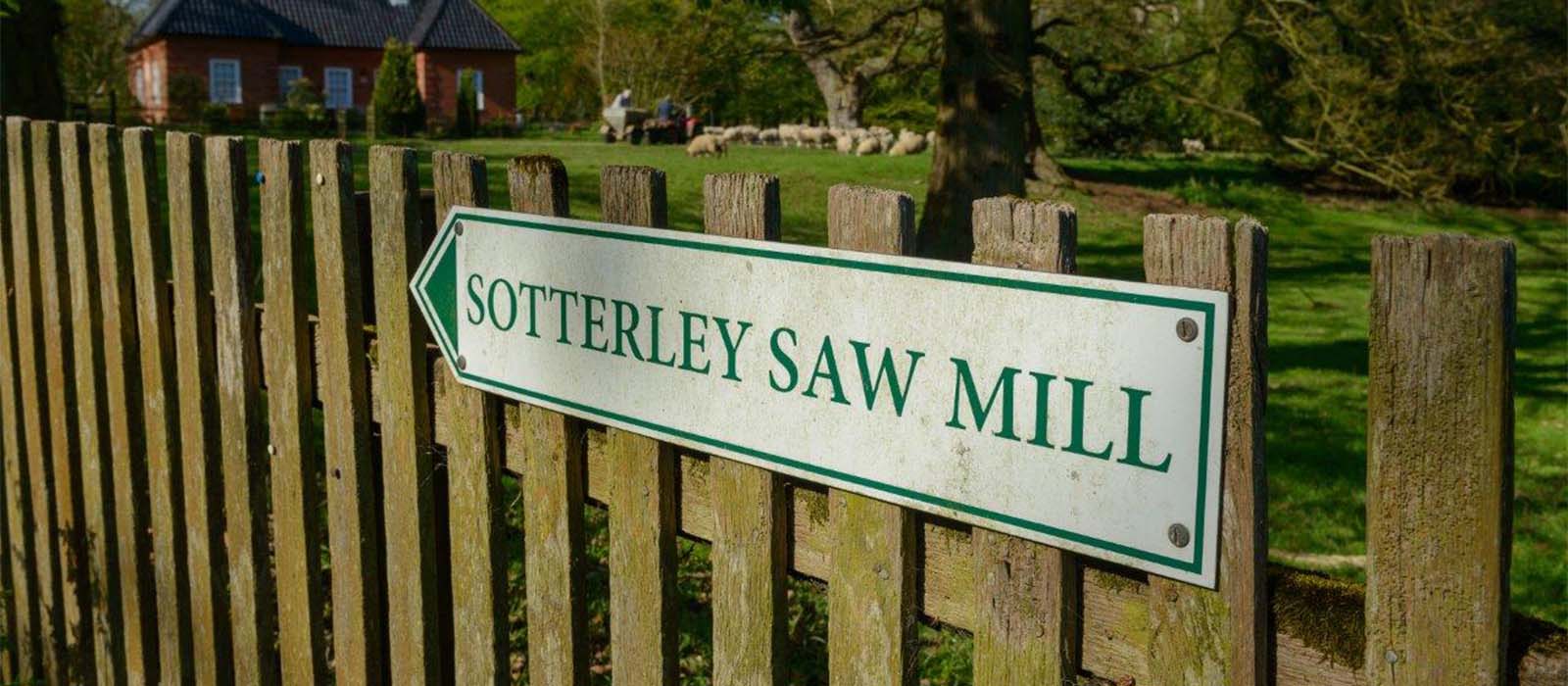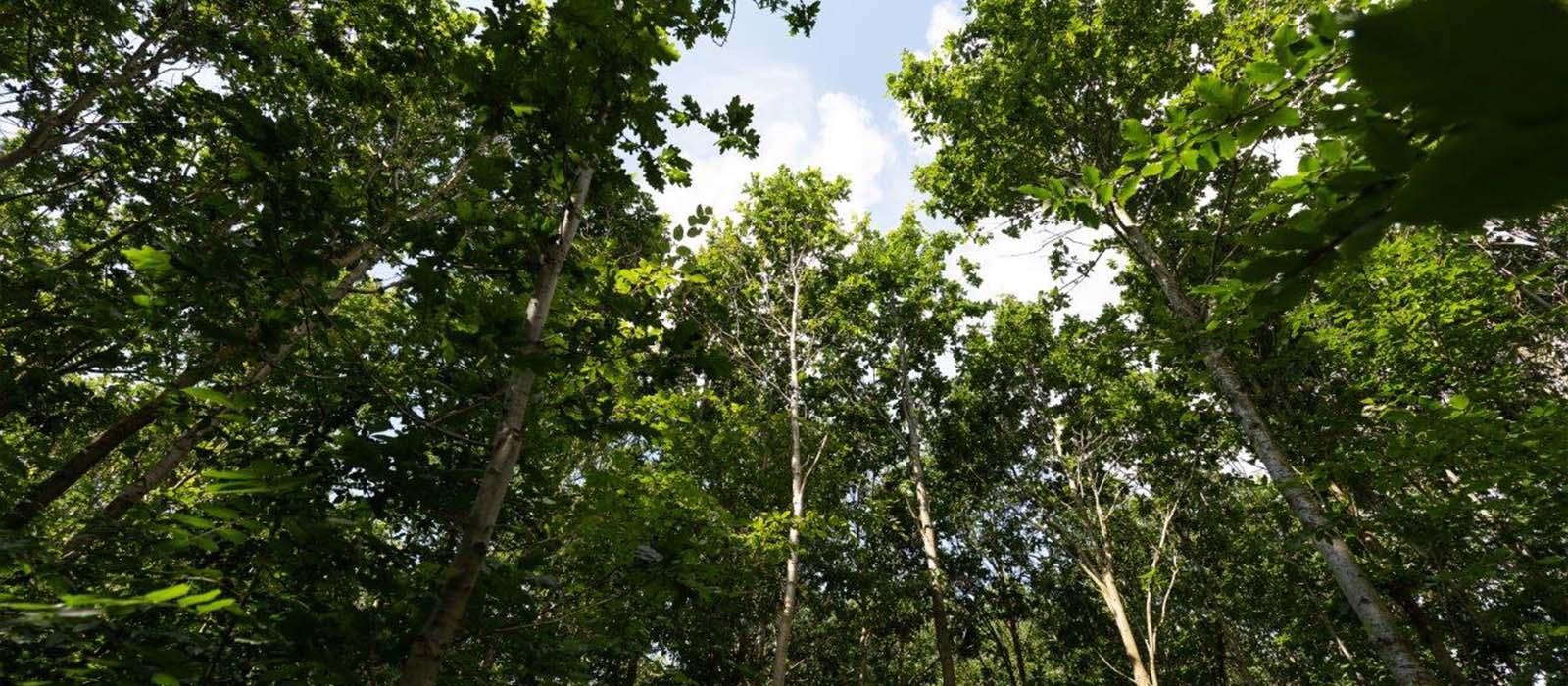Our woodland comprise 425 acres of broadleaved and coniferous trees.
The broadleaved sector on the heavier soils is dominated by oak, often with ash over an understorey of hornbeam, hazel, field maple, holly and smaller shrubs. The smaller conifer element on the lighter soils comprises mainly pine but Douglas, Spruce, Hemlock, Western Red Cedar and other species are grown.
The woods are managed to produce timber and fuel within a landscape setting. The shelter they provide protects many forms of wildlife from fungus, insects and birds to reptiles, rodents and deer. Deer numbers are carefully managed to preserve the shrub layer so important for birdlife.
A survey in 2007 found 69 species of bird in the woods and care has been taken to foster features such as soft damp soil and ponds in sunlit glades for dragonflies, butterflies and other insects.


